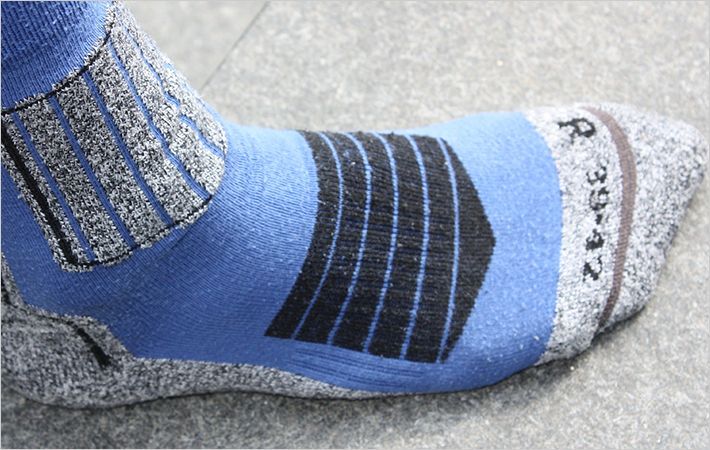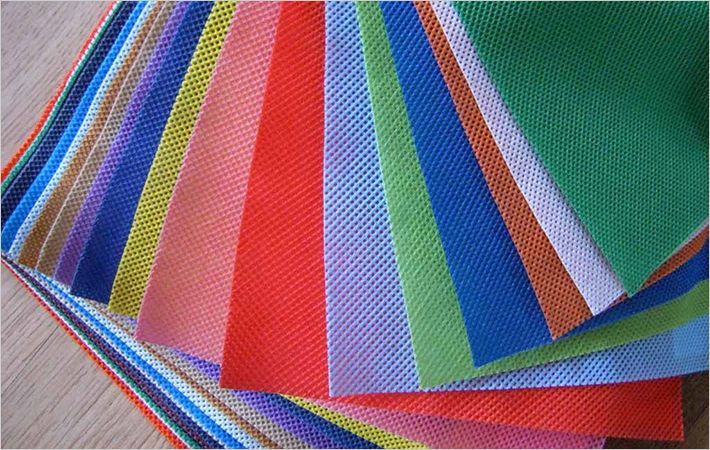In fact, the Synthetic Turf Council identifies the landscape and recreation market as the fastest growing segment in the synthetic turf industry.
Pesticides are widely used in commercial agriculture, as well as home and garden use, and are a growing public concern. According to Beyond Pesticides, 78 million households in the U.S. use pesticides. When using artificial grass, keeping a natural looking lawn requires no pesticides, water, or polluting lawn equipment.
The Synthetic Turf Council estimates the total amount of synthetic turf installed in North America annually conserves close to a billion pounds of fertilizers and pesticides. The EPA notes runoff of pesticides and fertilizers is a principal cause of water pollution, which can cause algae blooms, depleted oxygen and damage to aquatic life.
Global water supplies are also shrinking, and communities across the world are facing challenges in maintaining healthy and affordable water. Every square foot of natural grass replaced with turf can save 55 gallons of water per year.
John Baize, director of Act Global, says “A growing number of people are seeking artificial landscape turf for its environmental benefits. Artificial turf has been used for decades in sports fields for a variety of reasons, from improving the condition of worn out natural grass to extending playing time.”
He adds, “The realistic appearance of our synthetic landscape products, coupled with the environmental and maintenance benefits, has spurred rapid growth in this segment. We are projecting this trend to continue.”
Act Global

